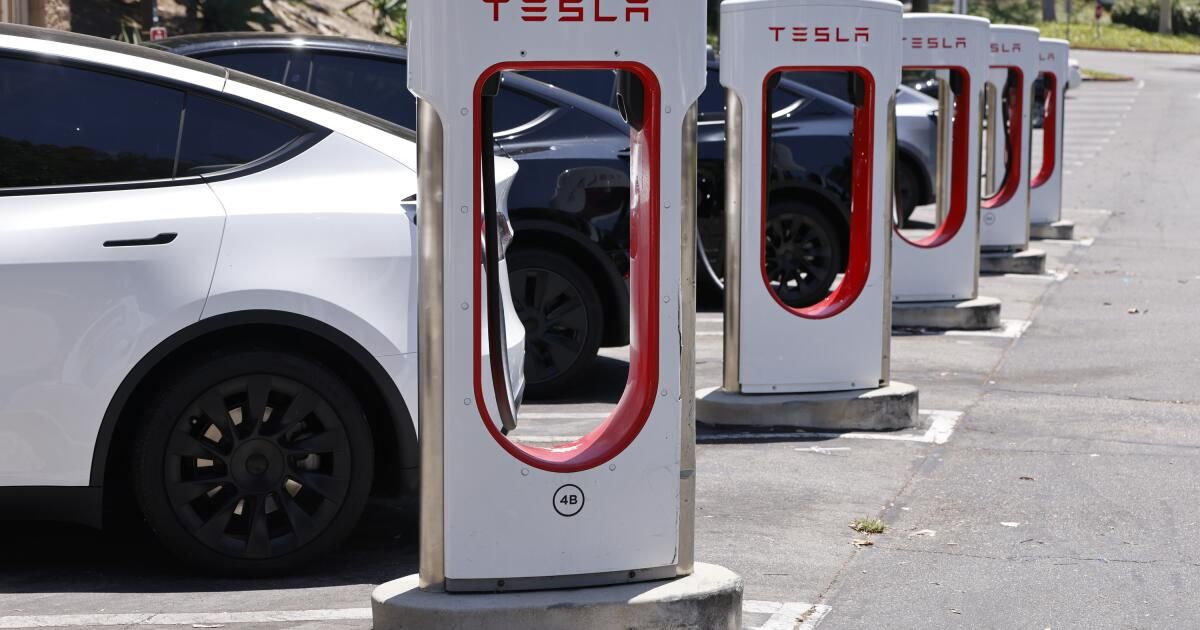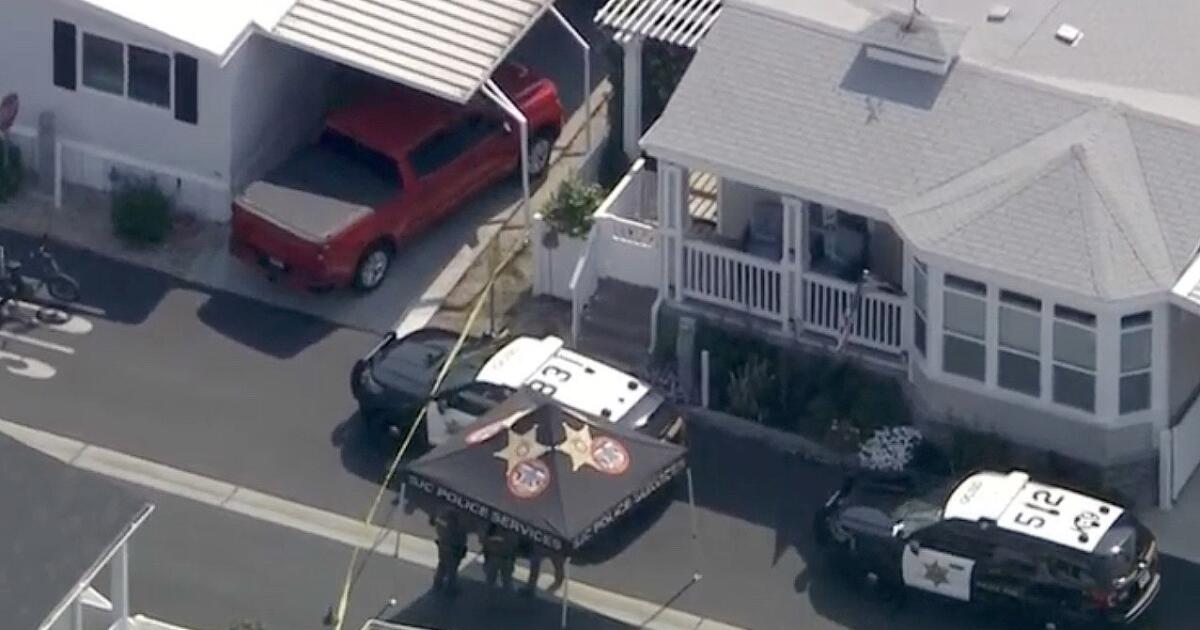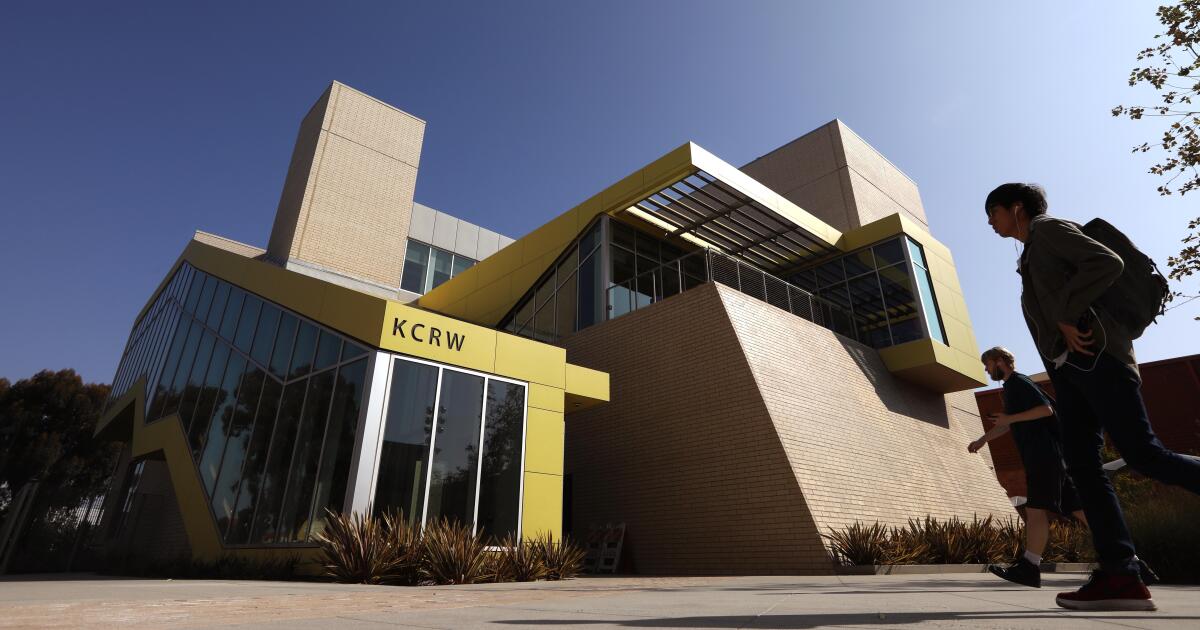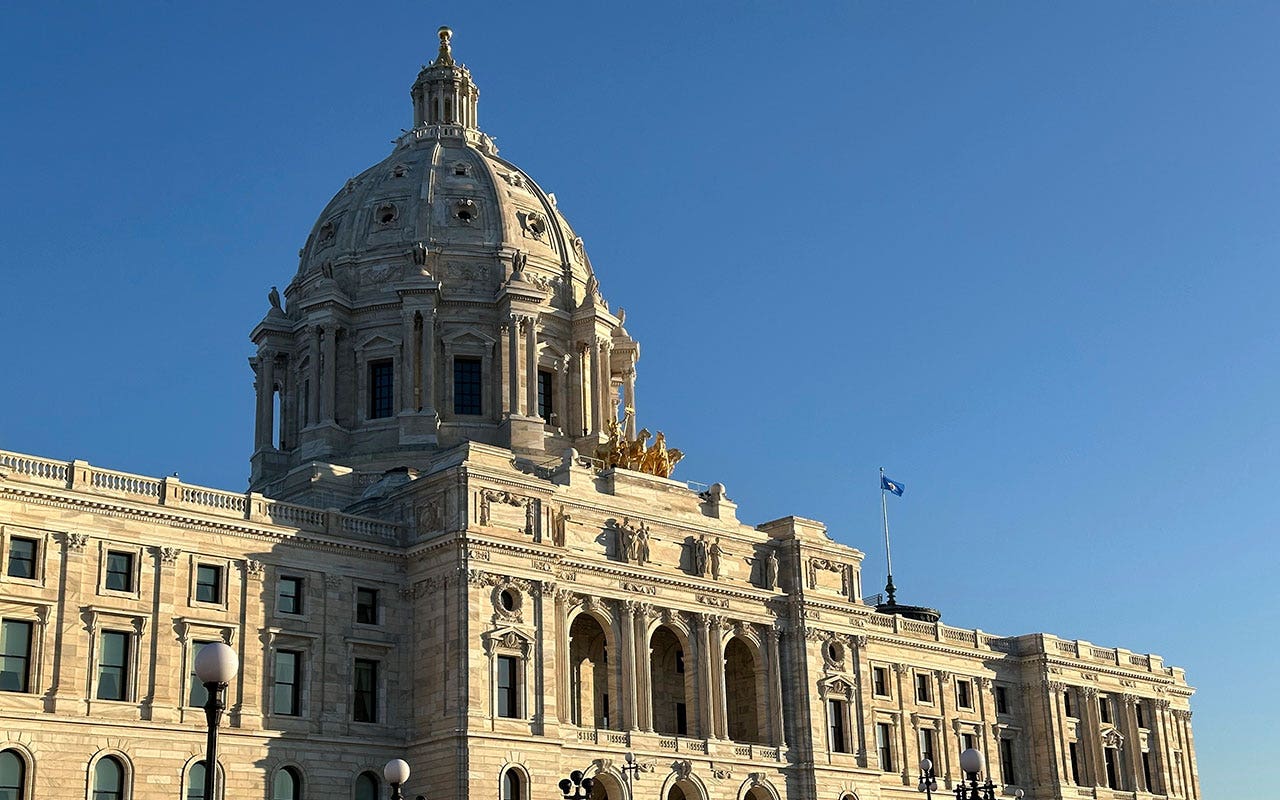The recent proposal of the United States Environmental Protection Agency His own discovery of 2009 That greenhouse gas emissions endanger public health marks a great change of meaning for climate progress of the nation. While its impact will feel throughout the country, the plan points directly to California.
When supporting published documents following Tuesday's proposal, the country's main environmental agency described the justifications of its plan to terminate the so -called endangerment finding and collect its long -standing regulations for greenhouse gas emissions of all motor vehicles, including cars and trucks.
“As a result of these proposed changes, motor manufacturers and vehicles would no longer have any future obligation for the measurement, control and presentation of reports from [greenhouse gas] EMISSIONS FOR ANY MOTOR OF ROAD AND VEHICLES ”, the agency wrote in his rules summary.
But the documents, including a notice of 80 pages of proposed regulations and 60 pages Regulatory Impact Analysis ProjectThey also contain several winks to California's policies, referring to the State by name 27 times, for much more than any other state.
That is due in large part to the fact that for more than 50 years, California has been awarded a unique EPA authority to establish stricter emissions of the exhaust tube than those ordered by the federal government.
This authority, obtained through exemptions issued by the EPA, has been fundamental for the efforts of the State to address its notorious quality problems of Smog and Air, which are partly driven by transport emissions and by the unique topography of California that catches pollutants in their interior basins. The exemptions were also the basis of the leading plan of the California nation to ban the sale of new cars with gasoline by 2035 and the transition to electric vehicles.
EPA documents repeatedly indicate that California exemptions have been officially repealed. From the publication, however, the Trump administration unprecedented effort to do so in June It still makes its way through the judicial system after a State demand.
In particular, the analysis of the EPA on the possible results of its proposal indicates that without the leadership of California, and without the fiscal credits created under the Law of Inflation Reduction of President Biden, the national adoption of electric vehicles will decrease. At the same time, gasoline prices will increase due to the greater demand for more vehicles with gasoline on the road.
“They do not seem to have gathered that strong case,” said Chris Busch, director of Transportation and Senior Economist with Energy Innovation Policy and Technology, a group of non -partisan experts, who reviewed the analysis. “What this shows is that the net impact is less favorable when it reduces California [Advanced Clean Trucks rule]When you take away the exemptions of California and eliminate anger credits. “
In a statement this week, the EPA administrator Lee Zeldin said that the revocation of the danger finding would have economic benefits for the American people. “If it ends, terminate the danger of danger and the resulting regulations would end $ 1 billion or more in hidden taxes on US companies and families,” Zeldin said.
According to the EPA, that the savings of $ 1 billion would be to rescind the regulations of the vehicles built on the danger of danger. That includes the objective of sales of electric vehicles of the Biden administration, which the agency refers as a “EV mandate”.
The EPA also said that eliminating the danger finding would save the Americans $ 54 billion in annual costs through the repeal of greenhouse gases standards.
Busch said he could not easily see how the agency arrived at that figure depending on the analysis provided. With the Rules of California repealed: “You end up with less EV, more gasoline cars, more gasoline demand and higher gasoline prices,” he said.
The EPA also argues that electric vehicles are absorbing energy that could be used better elsewhere, “from factories to data centers and air conditioning.” California uses as an example of this erroneous perceived electricity appropriation, pointing to a 2022 memorandum of the operator of the California independent system that urged people to reduce the use of energy, including the EV load, during a record heat wave.
The announcement of the EPA surprised many members of the environmental community who condemned him as a dangerous abdication of the agency's mission to protect human health and the environment. Among the agency's many statements are that there is currently no technology to reduce greenhouse gases enough to qualified in a qualified way of global climate change without risking greater damage to public health and well -being, such as the increase in vehicle prices.
But the main manufacturers of US cars such as GM and Ford have already committed to an electric future, as well as international competitors such as China, which is strongly investing in electric vehicles. According to the California Energy Commission, about 22% of new vehicle sales in the state in the second quarter of this year were vehicles of zero emissions.
“Despite Trump's complete attack, Californians are choosing the clean simplicity of Zev,” reads a statement from the CEC commissioner, Nancy Skinner. “Do not be wrong: California is not retreating its Zev goals. We will continue to invest strongly in an accessible and reliable ZEV infrastructure, which improves ZEV's driving experience every day.”
Busch said California has several tools at his disposal to defend himself and preserve the progress of his clean vehicle.
In the heavy duty space, the California Air Resources Board already has the Association of Clean Trucks, an agreement with almost all truck manufacturers in the state to meet the advanced emission reduction objectives. The state's heavy vehicle incentive program also provides financing opportunities so that fleet owners replace the oldest heavy -duty diesel vehicles with zero emissions.
There are also legislative possibilities, such as bill 914 of the Assembly, which would give carboh authority to regulate indirect sources of pollution, such as stores. A way in which these stores could comply with these rules would be increasing their electric truck fleets, Busch said.
Carb also uses a clean mile standard for transport companies such as Uber and Lyft, which will see them gradually increase their zero emission miles, and a similar tactic could be used for the loading sector, he said.
“The states still have many options,” Busch said. “There is a lot of impulse.”
In a statement this week, the president of the carbohydrates, Liane Randolph, described the proposals of the EPA as “the latest movements of this insensitive federal government that choose the fantasy of pollutions on proven science.”
“Meanwhile, on Earth, the planet continues to suffer the consequences of non -controlled carbon pollution as the heat waves, floods and forest fires threaten increasingly insured communities everywhere,” Randolph said. “Unlike this negligent administration, California will not turn your back on what is happening before our eyes. We choose reality, science and innovation, and we know that we are not the only ones.”












